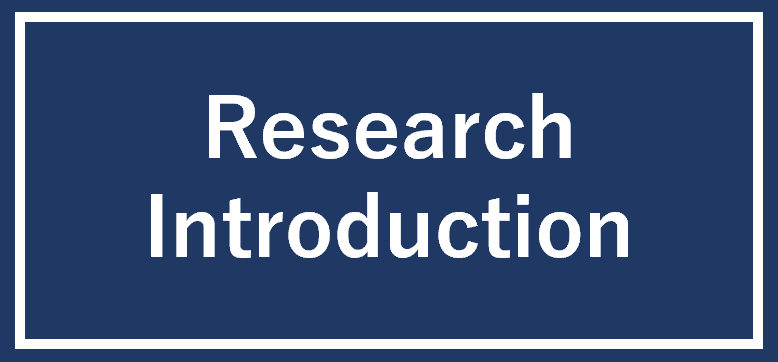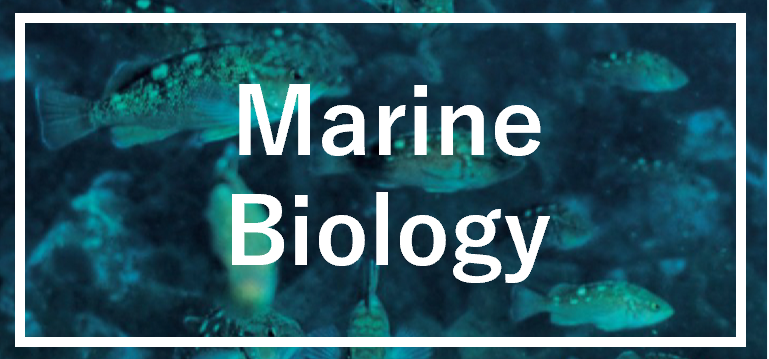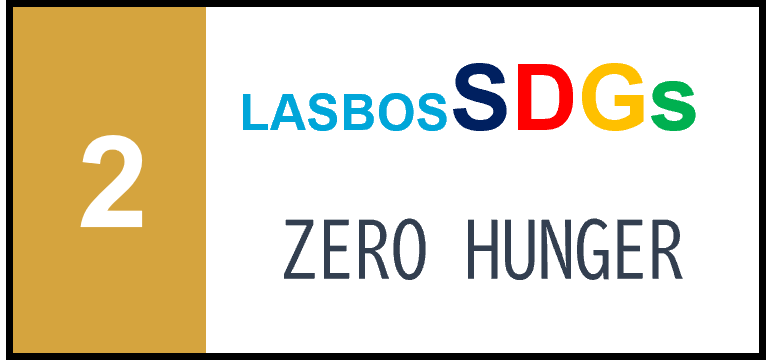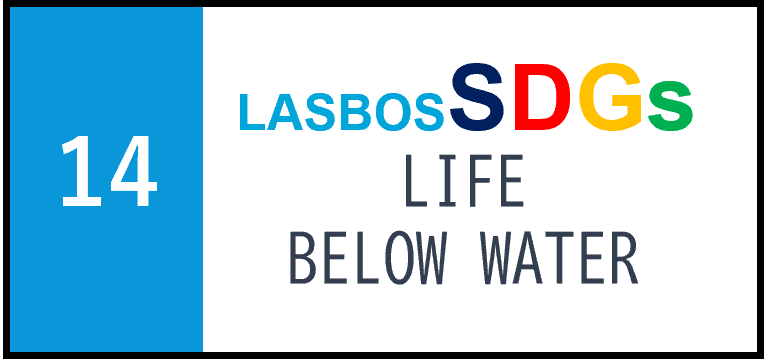Conservation of macroalgal beds
セクションアウトライン
-
Seaweed beds are important ecosystems that support biodiversity and coastal fisheries. Conservation of seaweed beds will help protect the abundance of the sea and reduce hunger through the production of fishery resources. We hope to contribute to the conservation of seaweed beds by understanding the physiology and ecology of kelps and Sargassum, which are the main species of seaweed beds. -
We can see macroalgal communities in a coastal region, which are called macroalgal bed. In particular, macroalgal bed composed by large brown algae such as kelp and fucoid (Figs. 1-3 below) have high primary productivity, which synthesize organic matter from inorganic matter (e.g., nitrogen and carbon) and form complex three-dimensional structure on the coast. Thus, they form biogenic habitat for various species including commercial species (Figs. 4-6 below). Recently, macroalgal beds have also attracted by high rate of carbon sink (i.e., blue carbon). In Japan, seaweeds have been utilized for a long time, and also macroalgal beds are used as fisheries ground for sea urchin, abalone, and turban snail. Conservation of macroalgal beds is needed because they support coastal biodiversity and are closely connected to human life.
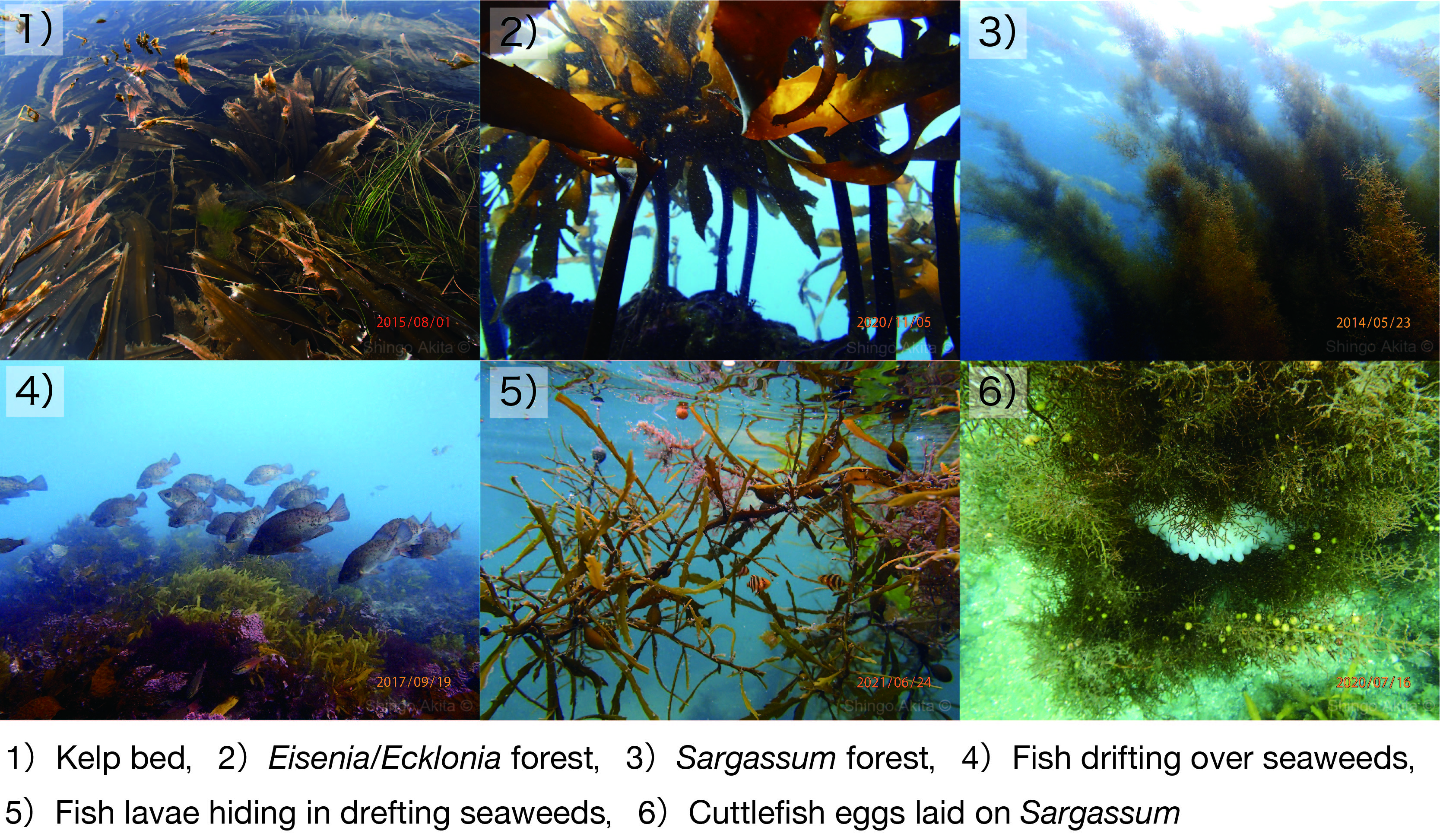
-
Recently, the reduction of macroalgal beds has been reported in many parts of the world, which is termed as isoyake in Japan. Isoyake is defined as "a phenomenon in which, in the shallow coastal area, macroalgal beds decrease or disappear significantly beyond the range of their phenology, resulting in a poor vegetation state. When isoyake occurs, the seafloor becomes simple state (Figs. 7-9), and the ecosystem collapses. As a result, biodiversity declines and coastal fisheries are severely damaged. In some cases, sea urchins are dominant, but they are usually not target for fishing. This is because sea urchins are unable to develop gonads that we usually eat when the urchins cannot feed enough. However, sea urchins can survive in poor vegetation conditions because of their high tolerance to starvation.
Although there are various factors reported for the reduction of macroalgal bed, the state devoid of macroalgae maintains due to abnormal balance of macroalgae and herbivores. To restore the state of isoyake, it is necessary to manipulate the balance.
Isoyake has been known for a long time in Japan. The reduction of macroalgae beds was documented in the late 18th century, and isoyake was discussed in "kaisou gensyou ron" in a textbook titled kaisan shokubutsu gaku (1911) written by Kichisaburo Endo. However, whether due to increased human activity or environmental change, the number of reports of Isoyake has increased dramatically in recent years. Restoration of seaweed beds is necessary to maintain the biodiversity of coastal areas and rich coastal fisheries.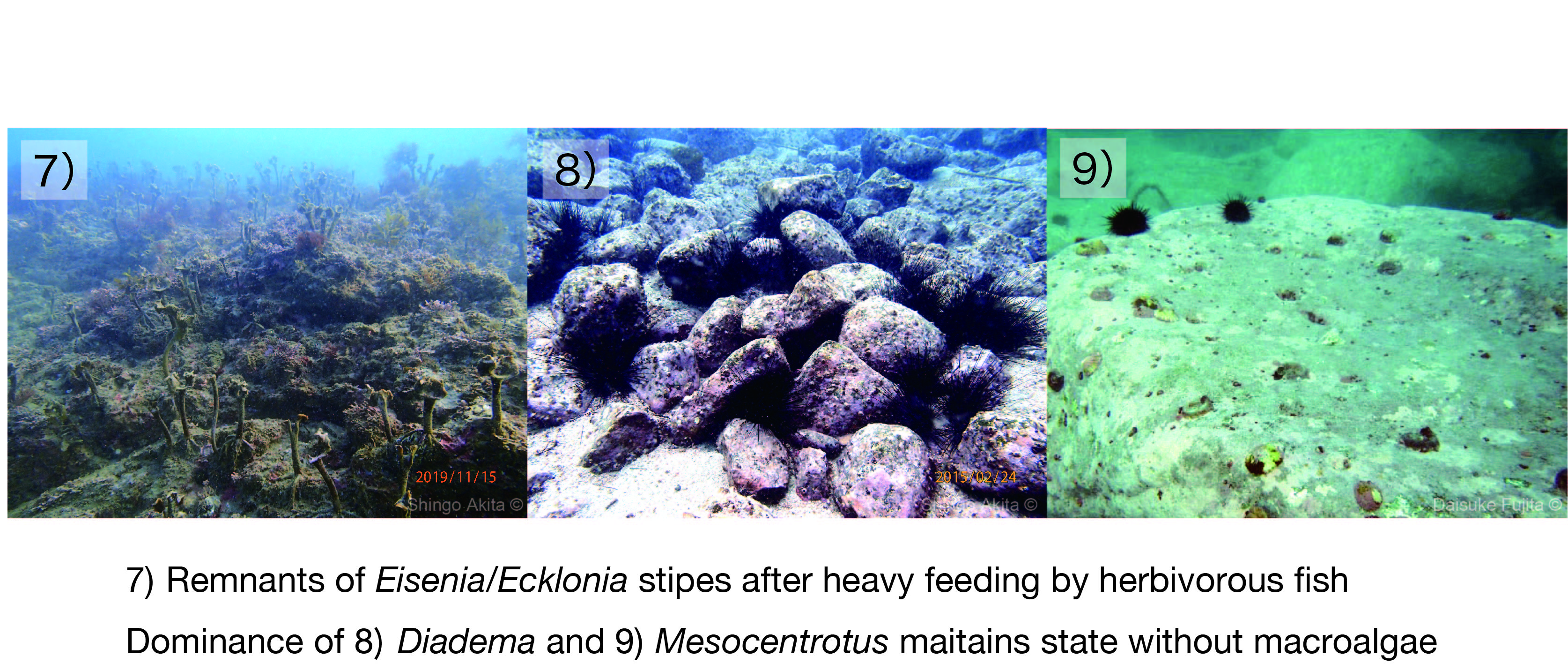
-
Macroalgal beds can be restored by eliminating the factors that cause isoyake. For example, if sea urchins are dominant, seaweed beds can be restored by removing sea urchins. In general, the restoration of macroalgal beds requires several years and a large number of people. Therefore, it is important to monitor existing macroalgal beds. For more detailed information and measures of isoyake, please refer to the Japanese Fisheries Agency's Isoyake Guideline, attached below.
Our group is also researching methods to conserve present macroalgal beds. In particular, we are focusing on population genetics because we can see connections and genetic diversity among individuals and populations. We hope to identify priority conservation areas for macroalgal beds and propose innovative conservation methods.


